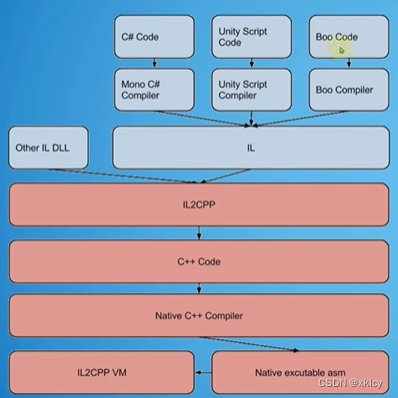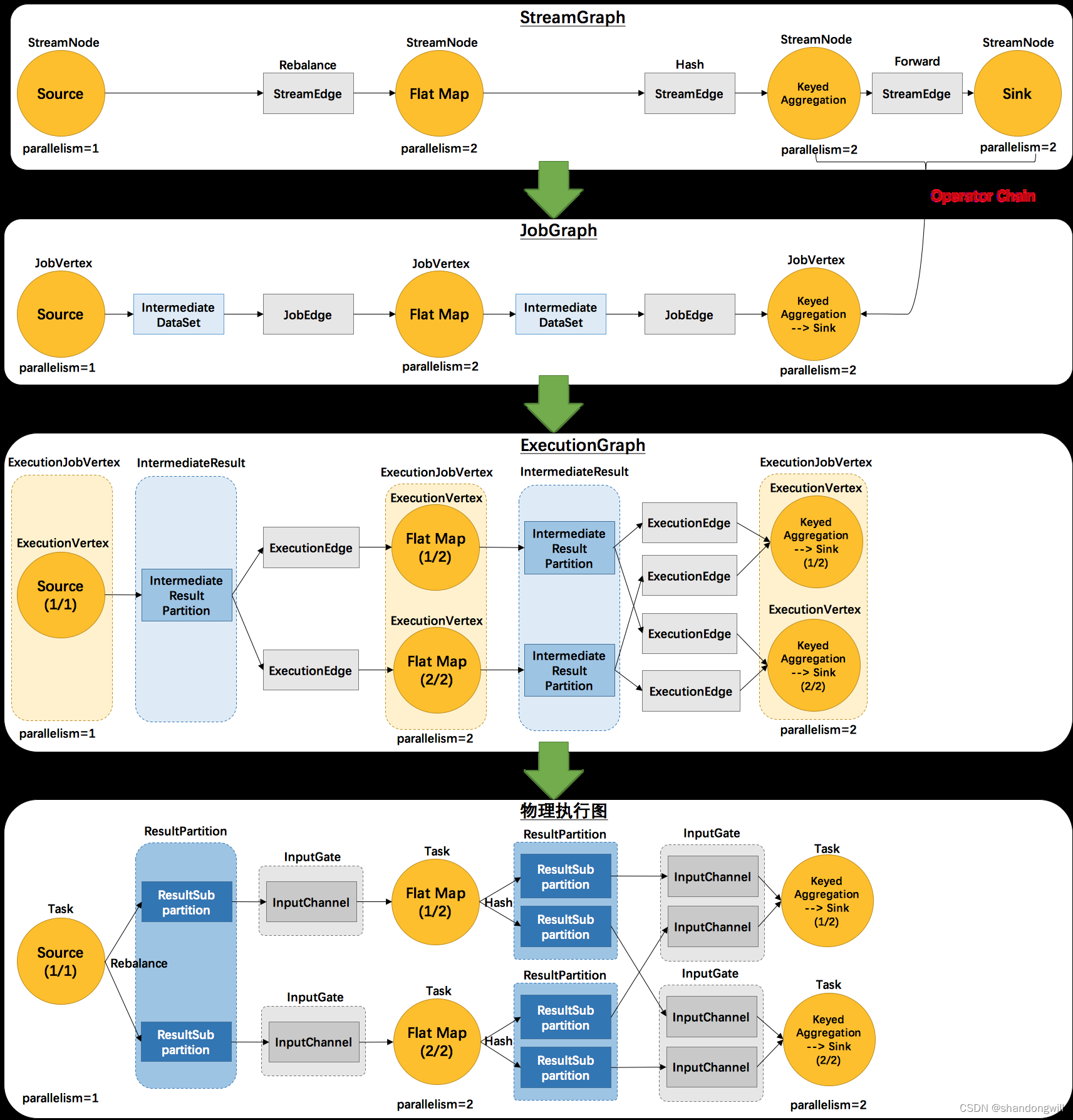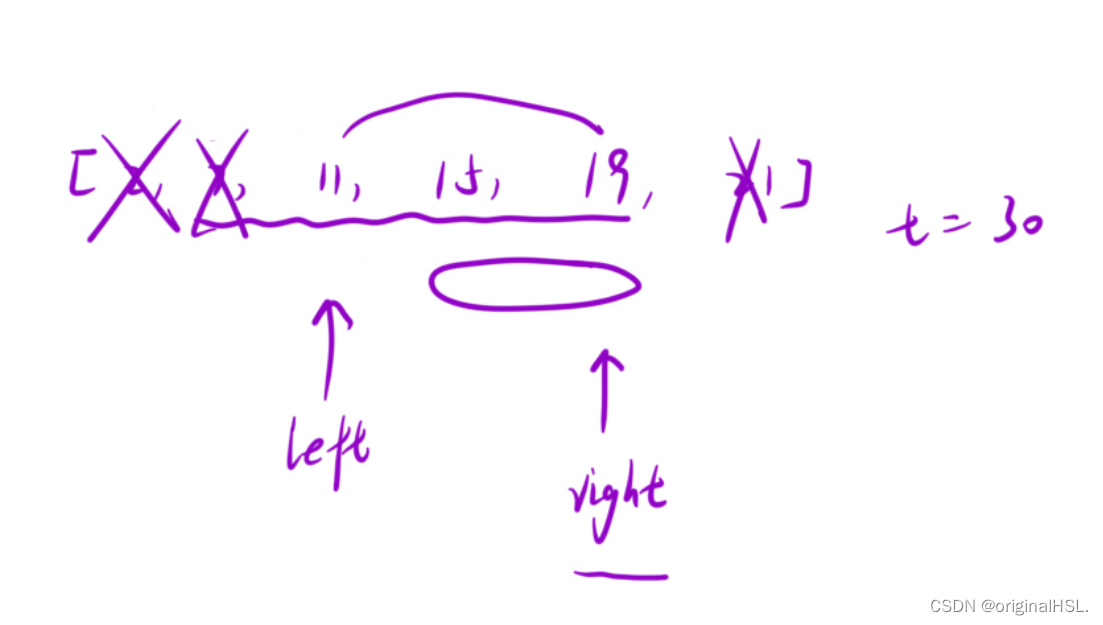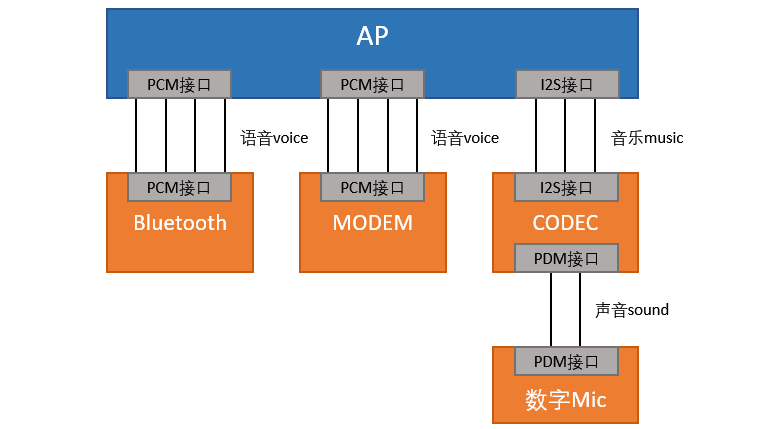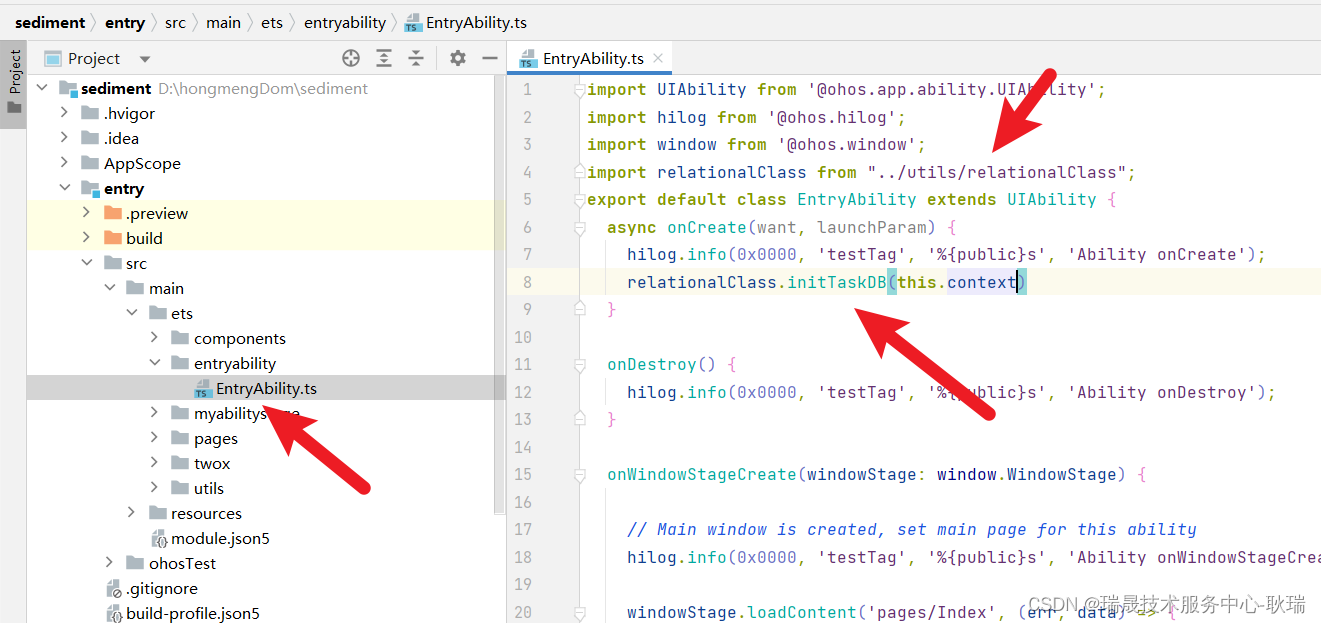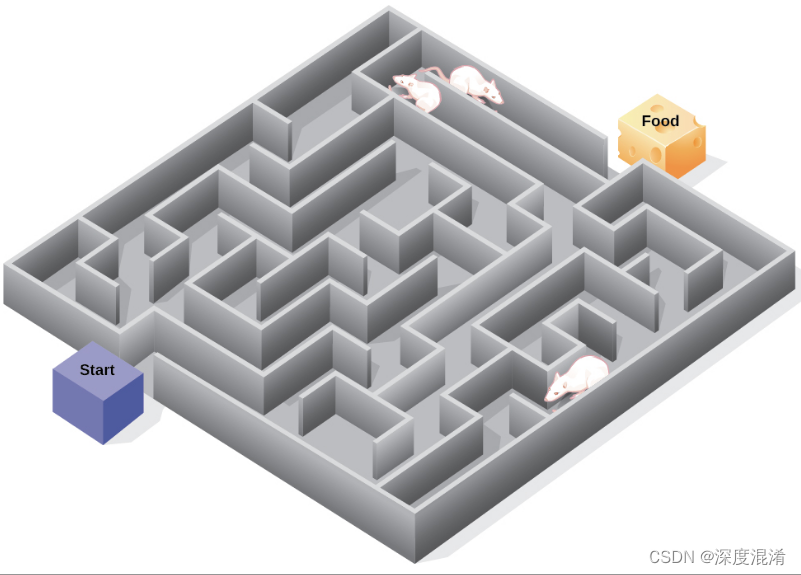
1 老鼠迷宫问题
迷宫中的老鼠,作为另一个可以使用回溯解决的示例问题。
迷宫以块的N×N二进制矩阵给出,其中源块是最左上方的块,即迷宫[0][0],目标块是最右下方的块,即迷宫[N-1][N-1]。老鼠从源头开始,必须到达目的地。老鼠只能朝两个方向移动:向前和向下。
在迷宫矩阵中,0表示该块是死胡同,1表示该块可用于从源到目标的路径。请注意,这是典型迷宫问题的简单版本。例如,更复杂的版本可以是rat可以在4个方向上移动,而更复杂的版本可以具有有限的移动次数。
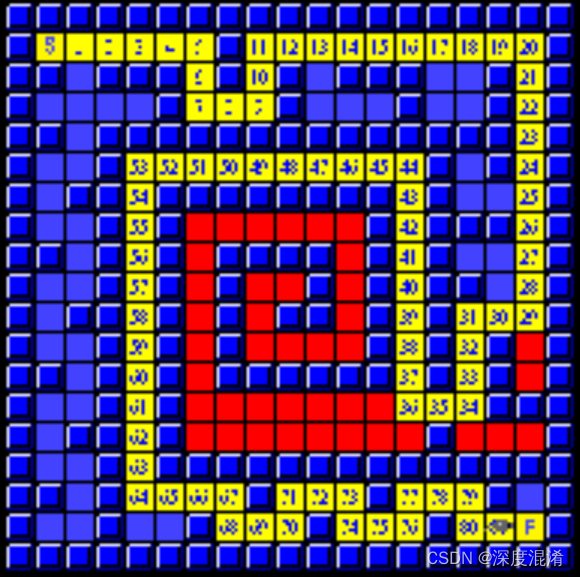
2 老鼠迷宫问题的回溯法求解
(1)创建一个解决方案矩阵,最初用0填充。
(2)创建一个递归函数,该函数采用初始矩阵、输出矩阵和rat(i,j)的位置。
(3)如果位置超出矩阵或位置无效,则返回。
(4)将位置输出[i][j]标记为1,并检查当前位置是否为目标位置。如果到达目的地,打印输出矩阵并返回。
(5)递归调用位置(i+1,j)和(i,j+1)。
(6)取消标记位置(i,j),即输出[i][j]=0。
3 源程序
using System;
using System.Collections;
using System.Collections.Generic;
namespace Legalsoft.Truffer.Algorithm
{
public static class Rat_In_Maze_Problem
{
private static bool Rate_In_Maze_IsSafe(int[,] maze, int x, int y)
{
int N = maze.GetLength(0);
return (x >= 0 && x < N && y >= 0 && y < N && maze[x, y] == 1);
}
public static bool Rate_In_Maze_Solve(int[,] maze, out int[,] sol)
{
int N = maze.GetLength(0);
sol = new int[N, N];
if (Rate_In_Maze_Utility(maze, 0, 0,ref sol) == false)
{
return false;
}
return true;
}
private static bool Rate_In_Maze_Utility(int[,] maze, int x, int y,ref int[,] sol)
{
int N = maze.GetLength(0);
if (x == N - 1 && y == N - 1 && maze[x, y] == 1)
{
sol[x, y] = 1;
return true;
}
if (Rate_In_Maze_IsSafe(maze, x, y))
{
if (sol[x, y] == 1)
{
return false;
}
sol[x, y] = 1;
if (Rate_In_Maze_Utility(maze, x + 1, y,ref sol))
{
return true;
}
if (Rate_In_Maze_Utility(maze, x, y + 1,ref sol))
{
return true;
}
if (Rate_In_Maze_Utility(maze, x - 1, y,ref sol))
{
return true;
}
if (Rate_In_Maze_Utility(maze, x, y - 1,ref sol))
{
return true;
}
sol[x, y] = 0;
return false;
}
return false;
}
}
}
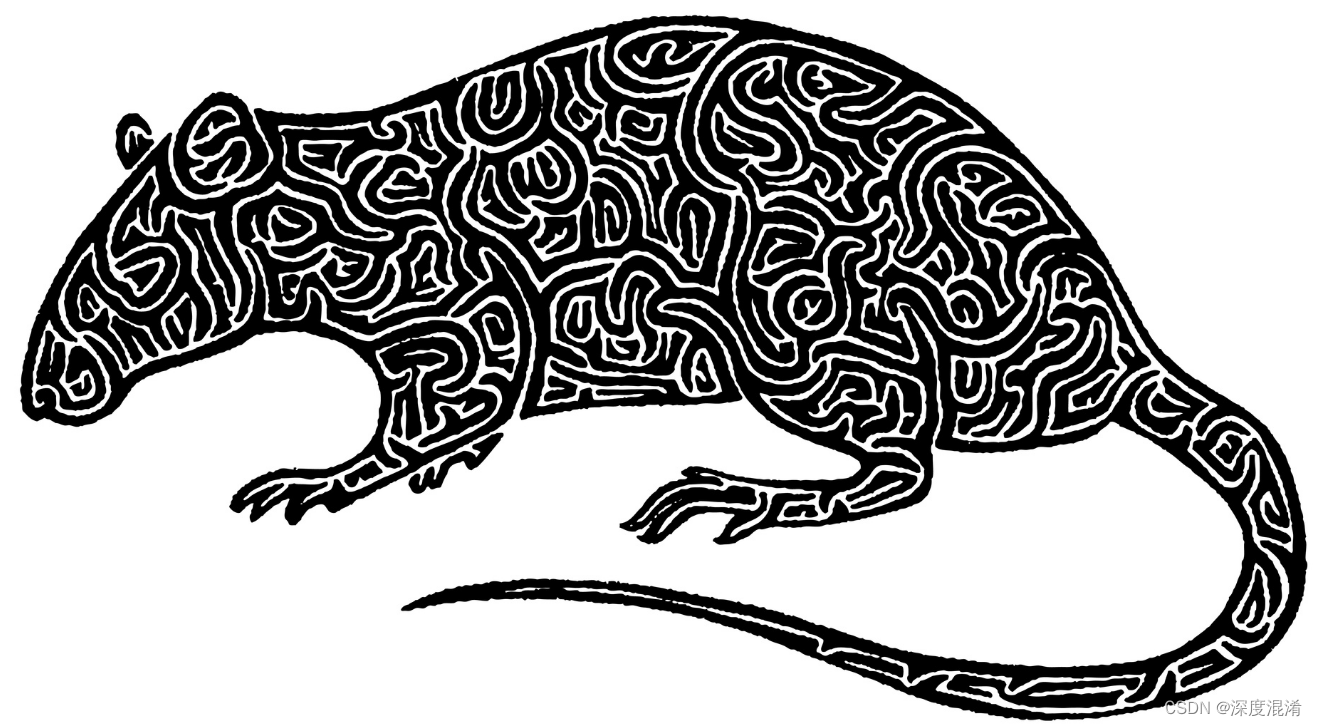
4 源代码
using System;
using System.Collections;
using System.Collections.Generic;
namespace Legalsoft.Truffer.Algorithm
{
public static class Rat_In_Maze_Problem
{
private static bool Rate_In_Maze_IsSafe(int[,] maze, int x, int y)
{
int N = maze.GetLength(0);
return (x >= 0 && x < N && y >= 0 && y < N && maze[x, y] == 1);
}
public static bool Rate_In_Maze_Solve(int[,] maze, out int[,] sol)
{
int N = maze.GetLength(0);
sol = new int[N, N];
if (Rate_In_Maze_Utility(maze, 0, 0,ref sol) == false)
{
return false;
}
return true;
}
private static bool Rate_In_Maze_Utility(int[,] maze, int x, int y,ref int[,] sol)
{
int N = maze.GetLength(0);
if (x == N - 1 && y == N - 1 && maze[x, y] == 1)
{
sol[x, y] = 1;
return true;
}
if (Rate_In_Maze_IsSafe(maze, x, y))
{
if (sol[x, y] == 1)
{
return false;
}
sol[x, y] = 1;
if (Rate_In_Maze_Utility(maze, x + 1, y,ref sol))
{
return true;
}
if (Rate_In_Maze_Utility(maze, x, y + 1,ref sol))
{
return true;
}
if (Rate_In_Maze_Utility(maze, x - 1, y,ref sol))
{
return true;
}
if (Rate_In_Maze_Utility(maze, x, y - 1,ref sol))
{
return true;
}
sol[x, y] = 0;
return false;
}
return false;
}
}
}



